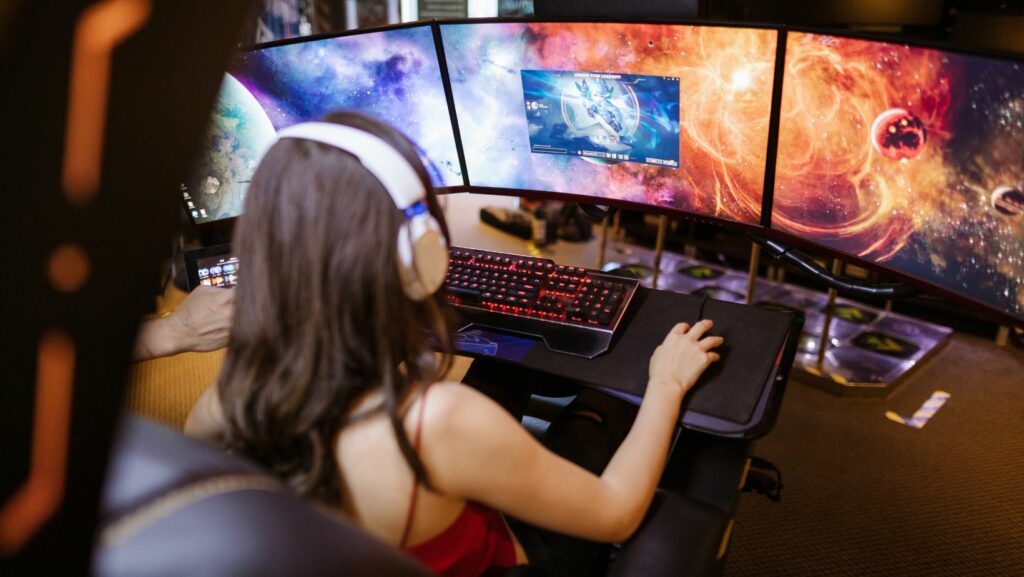Creating a unique Minecraft skin can transform your in-game persona and make your character stand out in the blocky world. Whether you’re a seasoned player or a newcomer, understanding some essential tips for using a Minecraft skin creator can elevate your customization game.
From choosing the right color palette to mastering shading techniques, these tips will help you design a skin that’s both eye-catching and personal. Dive into the world of Minecraft skin creation and discover how to craft a look that’s truly your own.
Minecraft Skin Creator Tips
Minecraft skin creation allows players to make unique characters. Customized skins provide a distinct appearance, setting individuals apart from standard avatars.
Legal Considerations
 Respect copyright when using existing designs or elements. Creating original work ensures uniqueness and prevents legal issues. Referencing popular characters requires permission from the original creators.
Respect copyright when using existing designs or elements. Creating original work ensures uniqueness and prevents legal issues. Referencing popular characters requires permission from the original creators.
Understanding these aspects of Minecraft skin creation enables players to craft distinctive and appealing characters.
Essential Tools For Creating Skins
Crafting distinctive Minecraft skins requires the right tools. These tools assist creators in designing, editing, and refining their skins efficiently.
Software Options
Various software options are available for creating Minecraft skins. Tools like Photoshop, GIMP, and Paint.net offer robust features for detailed editing. Photoshop provides advanced tools for precise color selection and complex shading. GIMP and Paint.net, both free, offer similar functionalities and are suitable for those who prefer not to invest in commercial software. Each of these options supports layers, making shading and texturing simpler.
Online vs. Offline Tools
Choosing between online and offline tools depends on preferences and requirements. Online tools, such as Skindex and NovaSkin, allow creators to design skins directly through web browsers. These platforms offer user-friendly interfaces and convenient access from any device with internet connectivity. Offline tools, like the software options mentioned earlier, provide more advanced features and do not rely on an internet connection. For those who wish to have complete control over their skin design process and advanced customization options, offline tools are preferable. However, online tools are beneficial for quick edits and accessibility from various locations.
Designing Your Minecraft Skin
Designing a Minecraft skin involves creativity and precision. Optimizing each element ensures visually appealing and distinct characters.
Using Reference Images
 Reference images provide a visual guide. They streamline design by offering specific details for replication. Users can search for character art, game screenshots, or fan art to get inspiration. Accurate references enhance textures and proportions, leading to a more polished skin.
Reference images provide a visual guide. They streamline design by offering specific details for replication. Users can search for character art, game screenshots, or fan art to get inspiration. Accurate references enhance textures and proportions, leading to a more polished skin.
Advanced techniques elevate Minecraft skins, making characters more unique and visually striking.
Adding Details and Textures
Details make skins stand out. Small patterns, scars, or accessories add personality. Using varying pixel sizes creates depth; for example, blending 1×1 and 2×2 pixel areas. Applying noise subtly enhances natural textures. Detailed textures bring authenticity; reference images help achieve accurate depictions. Layering different shades produce realistic effects; for instance, shadows under armor pieces.
Handling Transparency
 Transparency adds depth. Transparent pixels allow underlying textures to show through, creating layered effects. Use transparency for features like ghostly apparitions or water-based skins. Adjust transparency levels to balance visibility and blending; keeping it between 50%-70% works well. Export skins correctly to maintain transparency; PNG format preserves these attributes. Check previews to ensure the intended effect remains consistent.
Transparency adds depth. Transparent pixels allow underlying textures to show through, creating layered effects. Use transparency for features like ghostly apparitions or water-based skins. Adjust transparency levels to balance visibility and blending; keeping it between 50%-70% works well. Export skins correctly to maintain transparency; PNG format preserves these attributes. Check previews to ensure the intended effect remains consistent.
When creating Minecraft skins, certain pitfalls can hinder the design process and final outcome. Identifying these errors can improve overall quality and creativity.
Overcomplicating Designs
Simpler designs often look better and are easier to recognize. Designers who add too many details may end up with a cluttered and visually confusing skin. For example, overloading a character with intricate patterns without a clear focal point can make it hard to distinguish. Keep the design clean and focus on a few standout features.
Closing Remarks
Creating unique Minecraft skins is an art that combines creativity and technical skills. By selecting the right tools and mastering shading techniques, players can design skins that stand out. Advanced methods like adding textures and custom colors further enhance character uniqueness. It’s crucial to avoid common mistakes like overcomplicating designs and neglecting color balance. Simplicity and harmony are key to visually appealing skins. Sharing custom skins through various platforms can foster community engagement and showcase one’s creativity to the broader Minecraft audience. With these tips, anyone can craft distinctive and memorable Minecraft skins.

